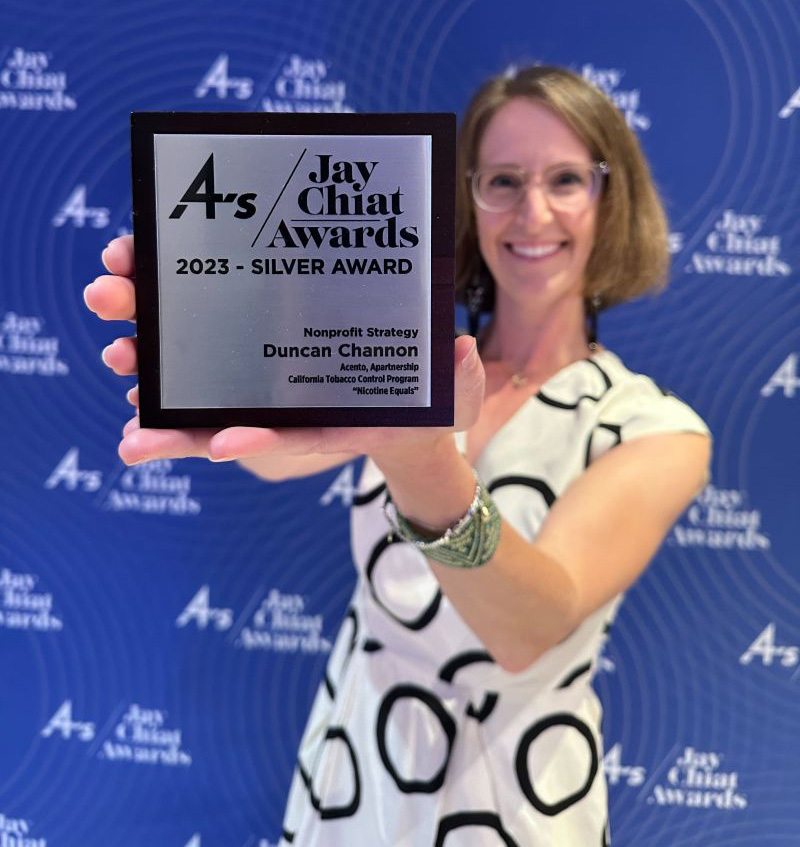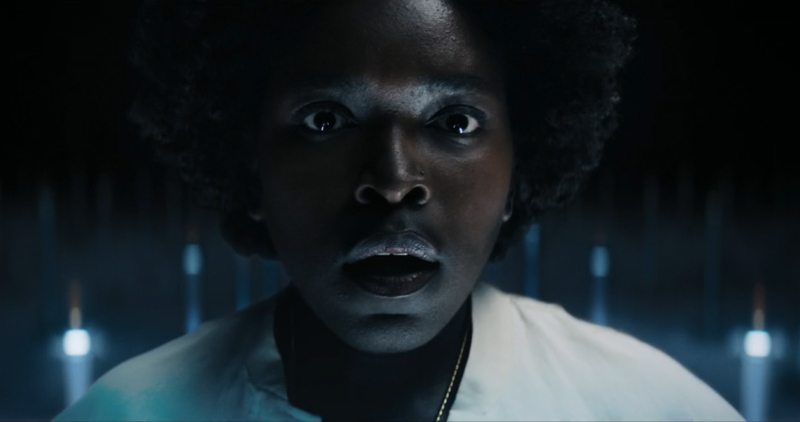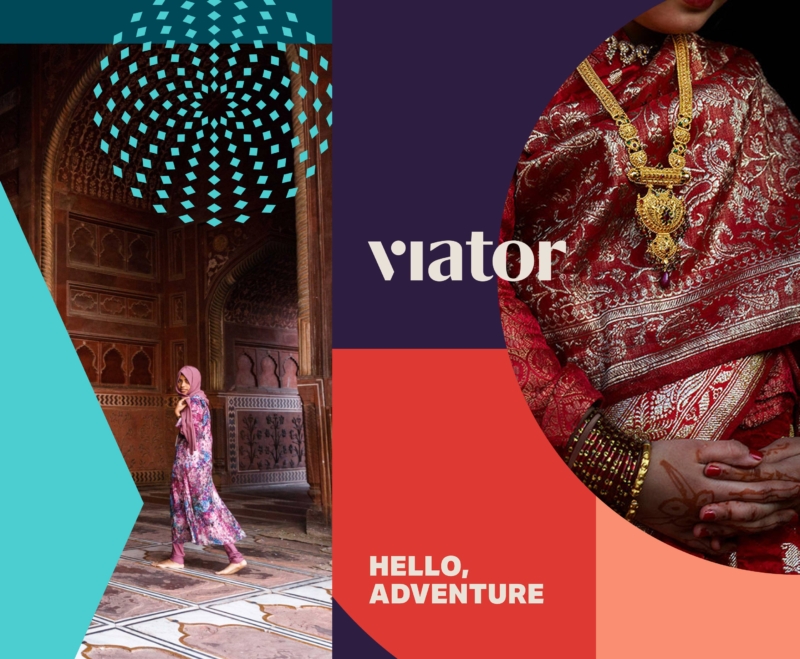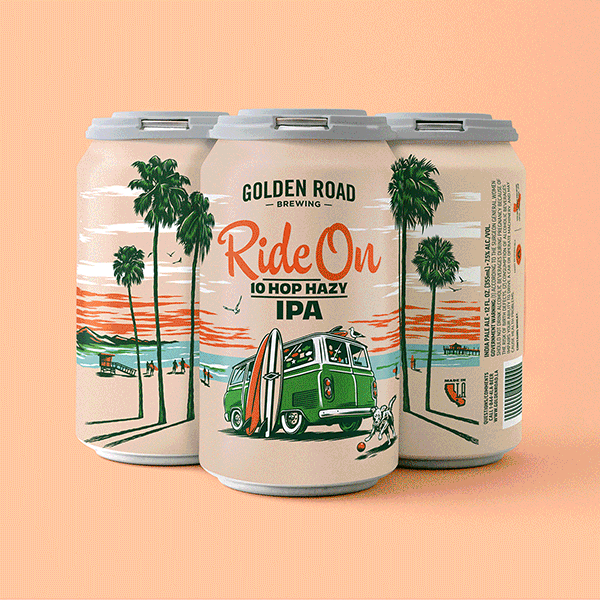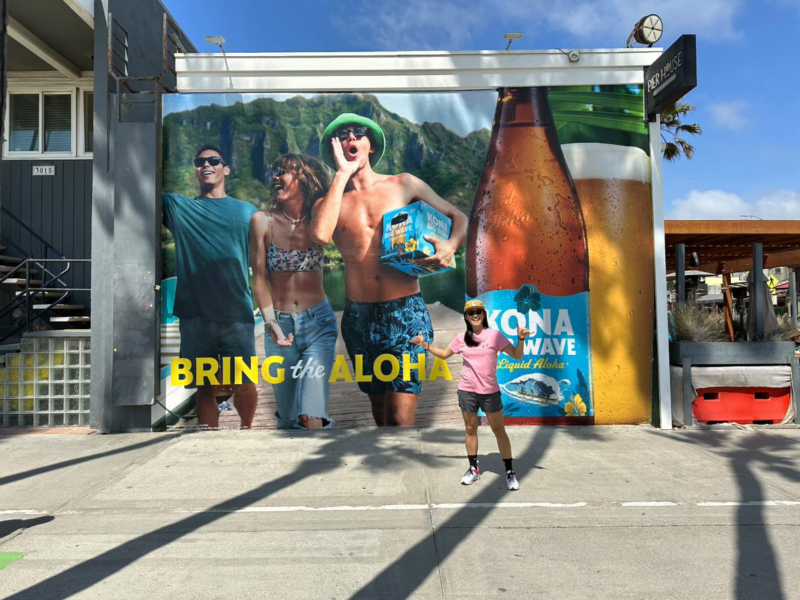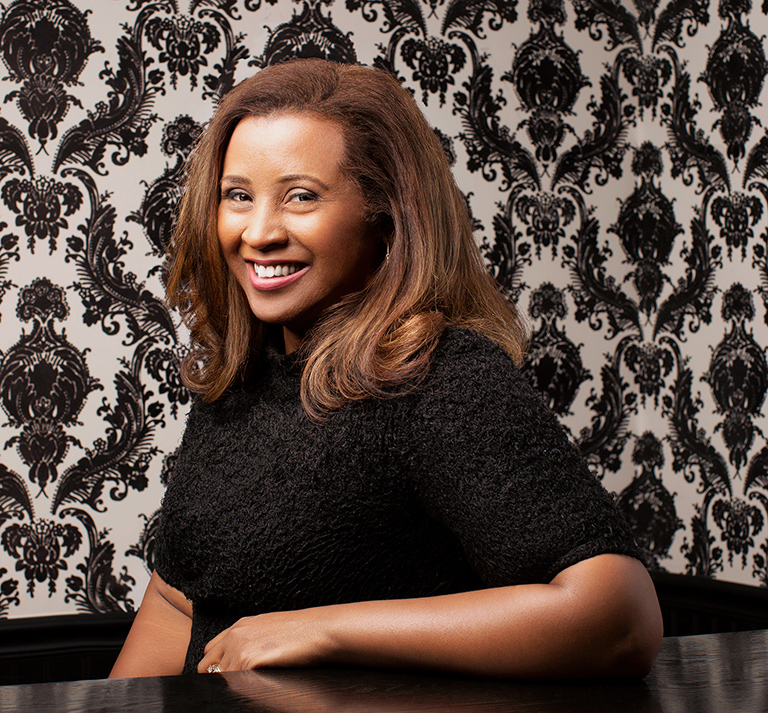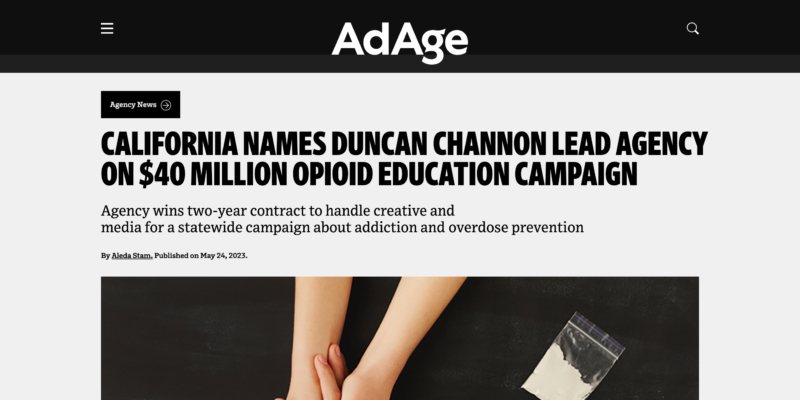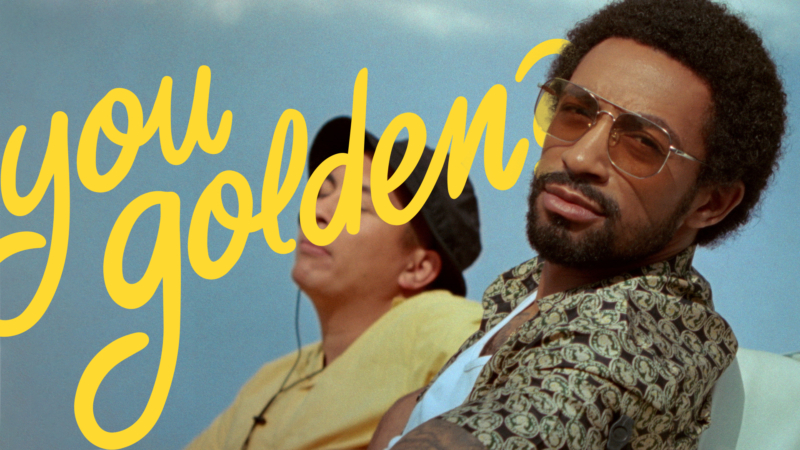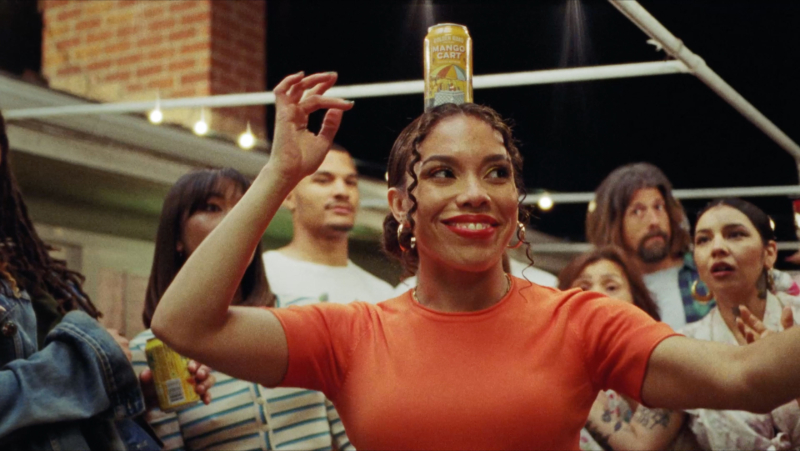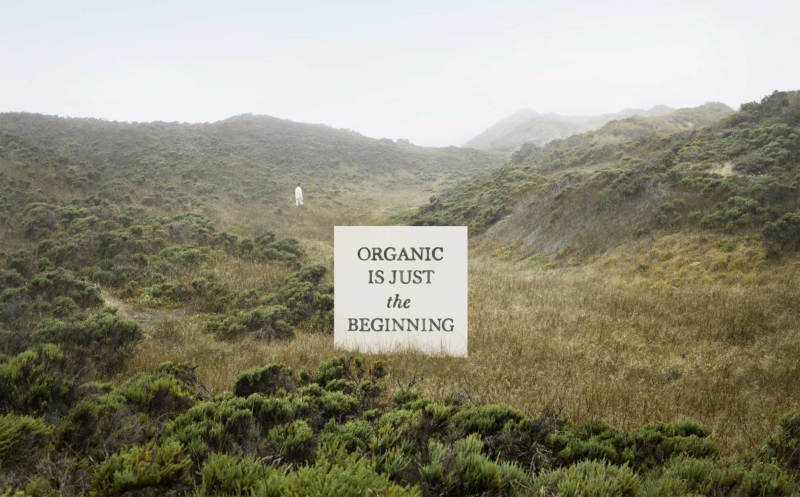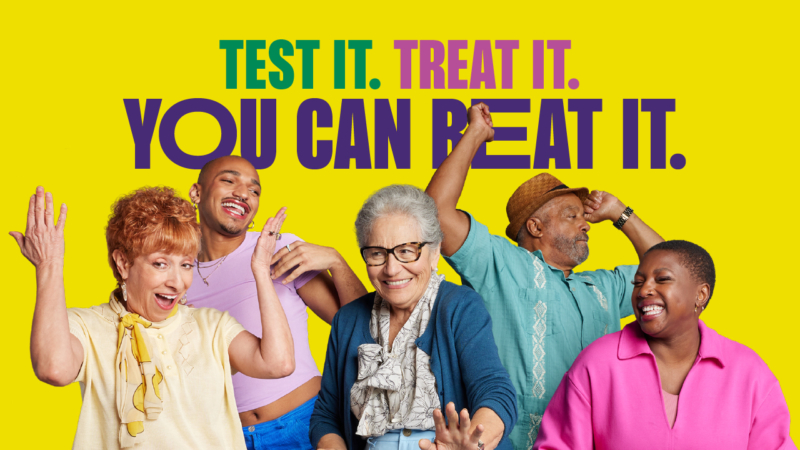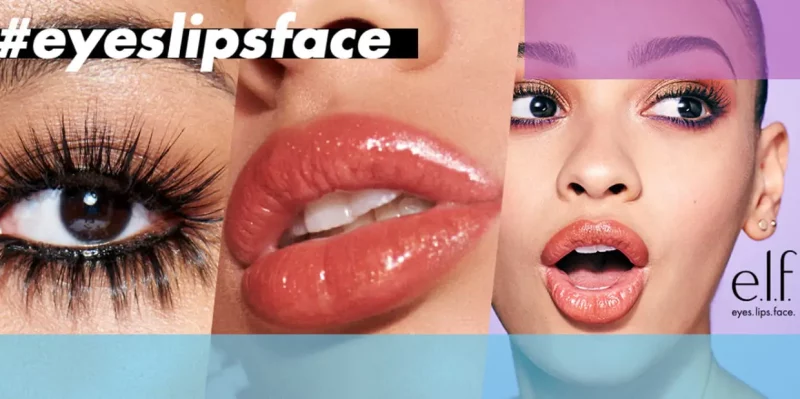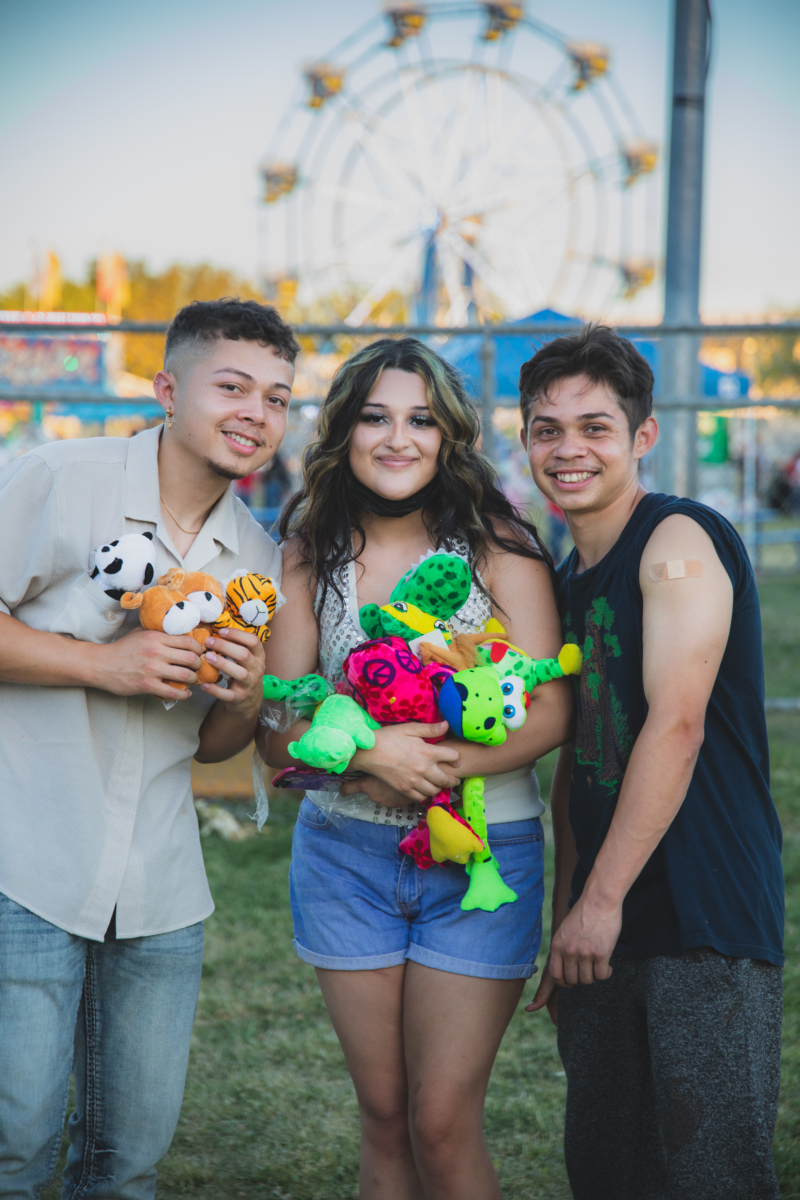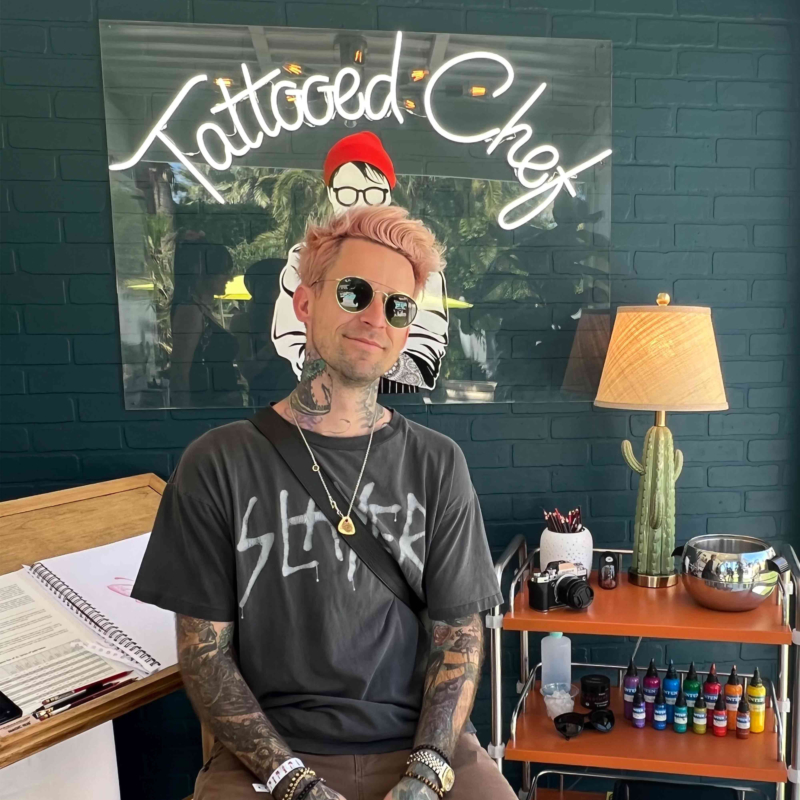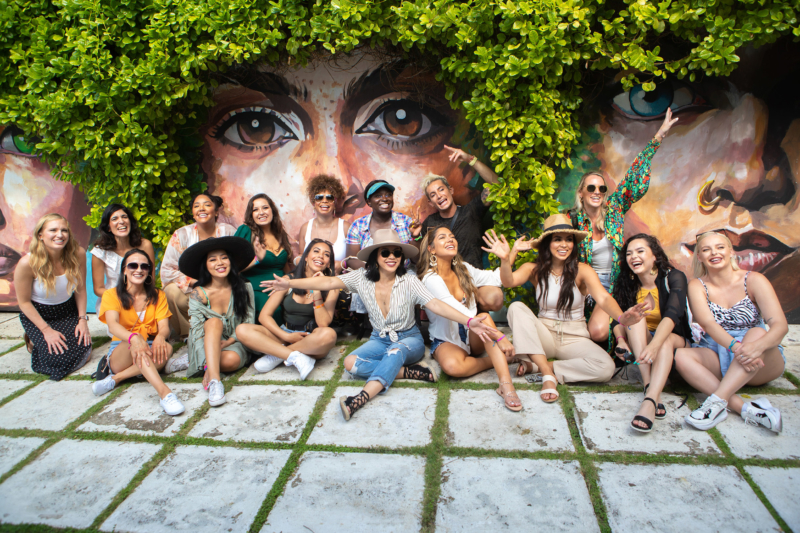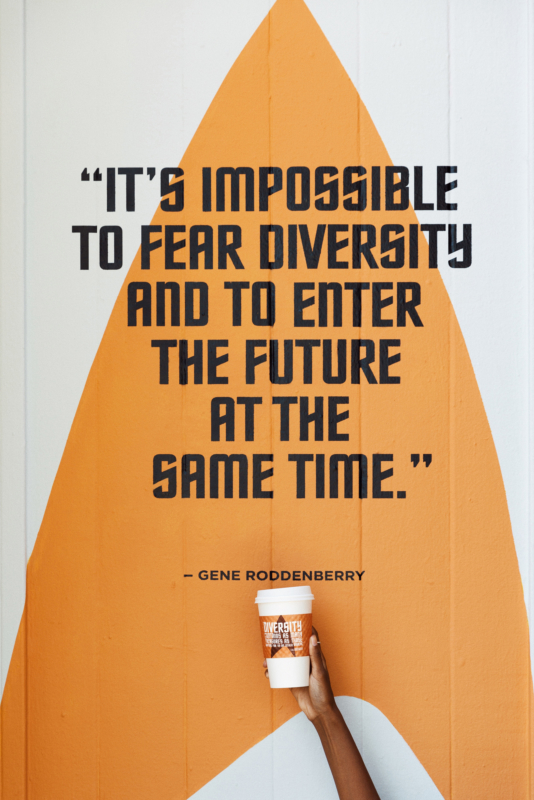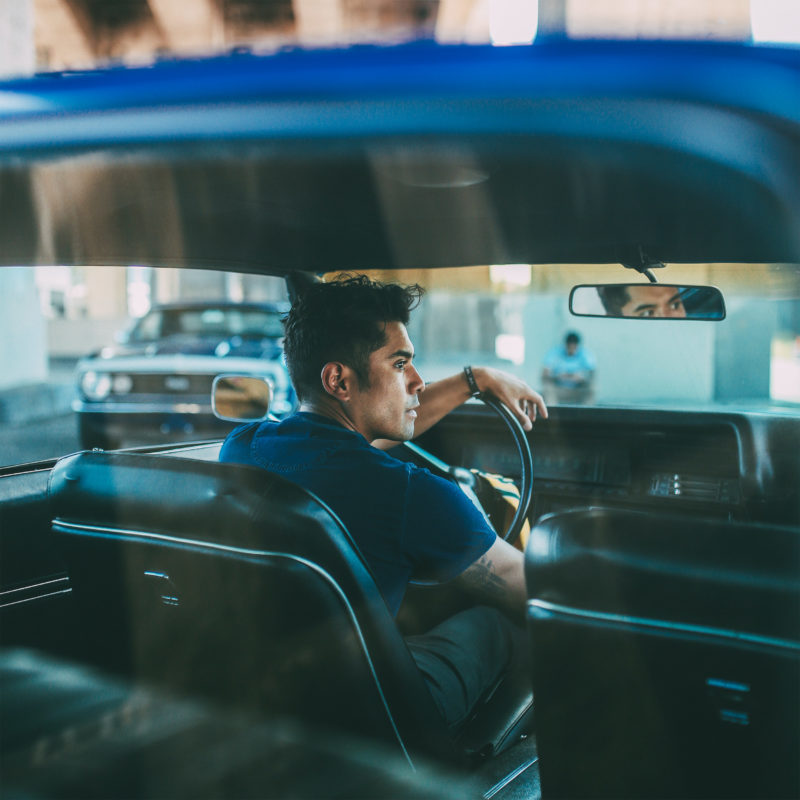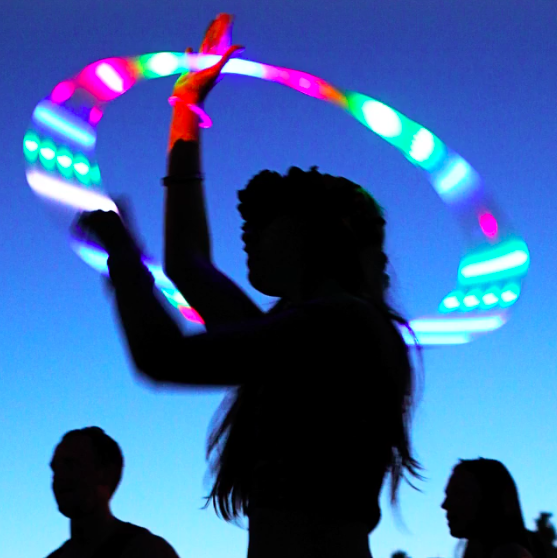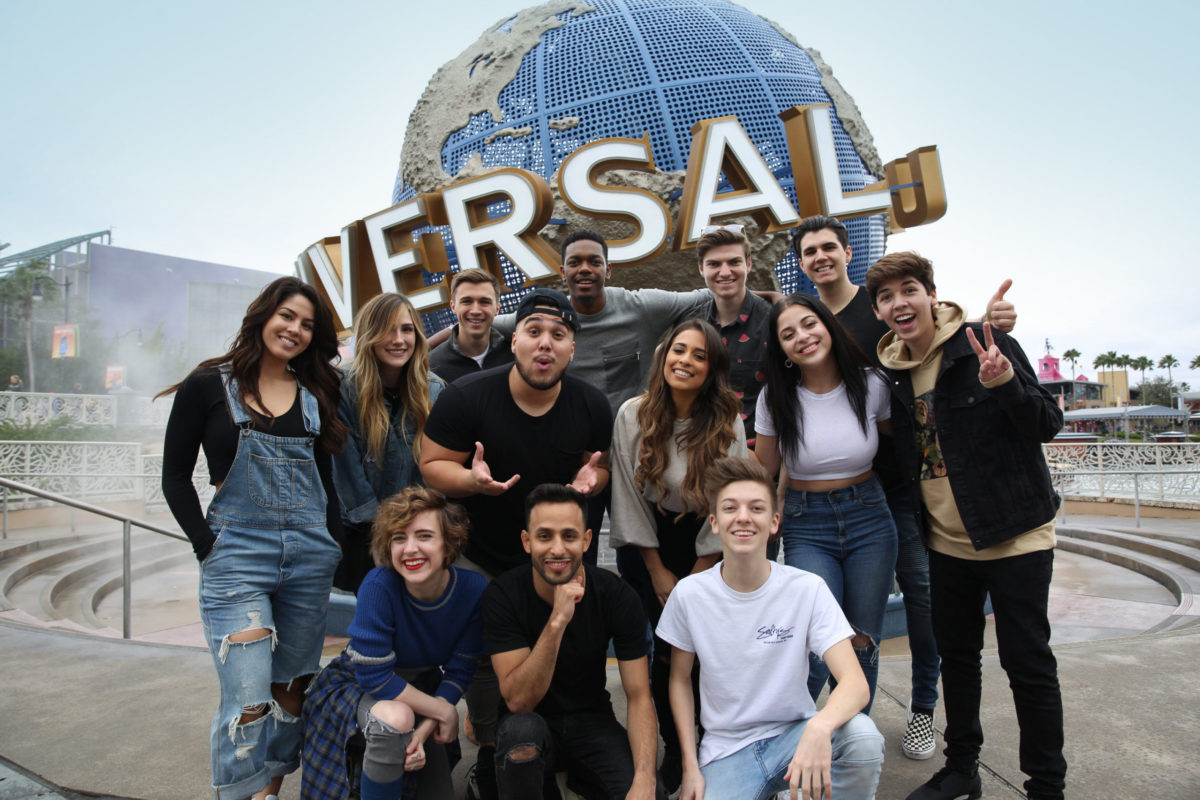News

I’m ready to sign on.
I’ve never quite shared the ardor. But I’ve long been fascinated by the socio-musico impact of these guys. More than just a fave rave of a certain demographic (thirty-something males?), they seem to represent to those fans — 80,000 of whom turned out in Golden Gate Park last night — some sort of watershed, a defining moment. A musical moment, for sure, but one that also goes well beyond.
A Beatles for their times.
And if you’re as suprised by that notion as I was (maybe not, 35-year-old dude), trust me. It’s based on unassailable empirical data — mostly close observation of guys like Joe Oh and Mike Lemme.
But let’s talk about Lemme.
For sure, Radiohead goes beyond the musical for this guy, a designer by avocation and trade. And you get what he’s “hearing” when you see the show. Where other bands load up on the latest in technological fidelity, the highest of def, for their video projections, Radiohead is cool enough and smart enough to understand that to go forward technologically, to refresh the whole concept of video projection at this point in the game, is to go backwards.
So their show starts out in low-def black-and-white and split-screen, with four static cameras (well, between shots the cameras would sometimes shift) trained on tightly cropped areas of the stage — imagine a security camera display where the guard can see all four entrances on a single monitor. The live video evolves throughout the show, with the black-and-white now washed with light blue or red, with the video windows now floating over and through one another, with oscilloscope-like tracings now obscuring parts of windows. Instantly I was reminded of a certain era of jazz album cover — early-to-mid-sixties, post-bop — or those black-and-white electronic music covers from the day, in which some big, mainframe synthesizer hovers behind the artist in a room that is much more Bell Labs than recording studio.
To that point, one of the “security” cameras was trained straight down on the floor around Johnny Greenwood and framed part of his industrial array of distortion pedals and, occasionally, his guitar cord (though the snaking cord was so out of context, with him and his Strat out of frame, it seemed just an abstract pattern at first), and the concert and the live video concluded on deadpan close-ups of the pedals and various other stage technology, including a patch-cable-sprouting, vintage synth.
And I haven’t even discussed the 25-foot-long LED stalactites that hung densely above the stage and glowed and shifted colors and pulsated and mesmerized (and, in many ways, for much of the vast crowd, had to substitute for the invisibly faraway band).
And, of course, I haven’t discussed the music, which in Thom Yorke’s wordless warbles and Greenwood’s expressionistic instrumental daubs (it’s like he dove into that jagged guitar belch from “Creep,” never to return), is pretty close to being post-music. Certainly, for the most part, it is post-song. Sound design, as much as rock ’n’ roll (and the proof may be in how antiquated that Alan Freed coinage sounds in the Radiohead context).
Because this is truly a designer’s band.
And that is not a dis. Radiohead is rethinking video projection and lighting, even as they rethink music (why do we need words or melody or choruses or 4/4?). And that’s a good thing. And in their hands, in the dark, on the polo fields of Golden Gate Park, surrounded by gnarled and sideways cypress under a misty blanket of fog, it was bracing.
I never did manage to hook up with Lemme and crew at the show (you never do), but he texted me afterwards.
“Fuck yes,” is all he said.
See video here.
